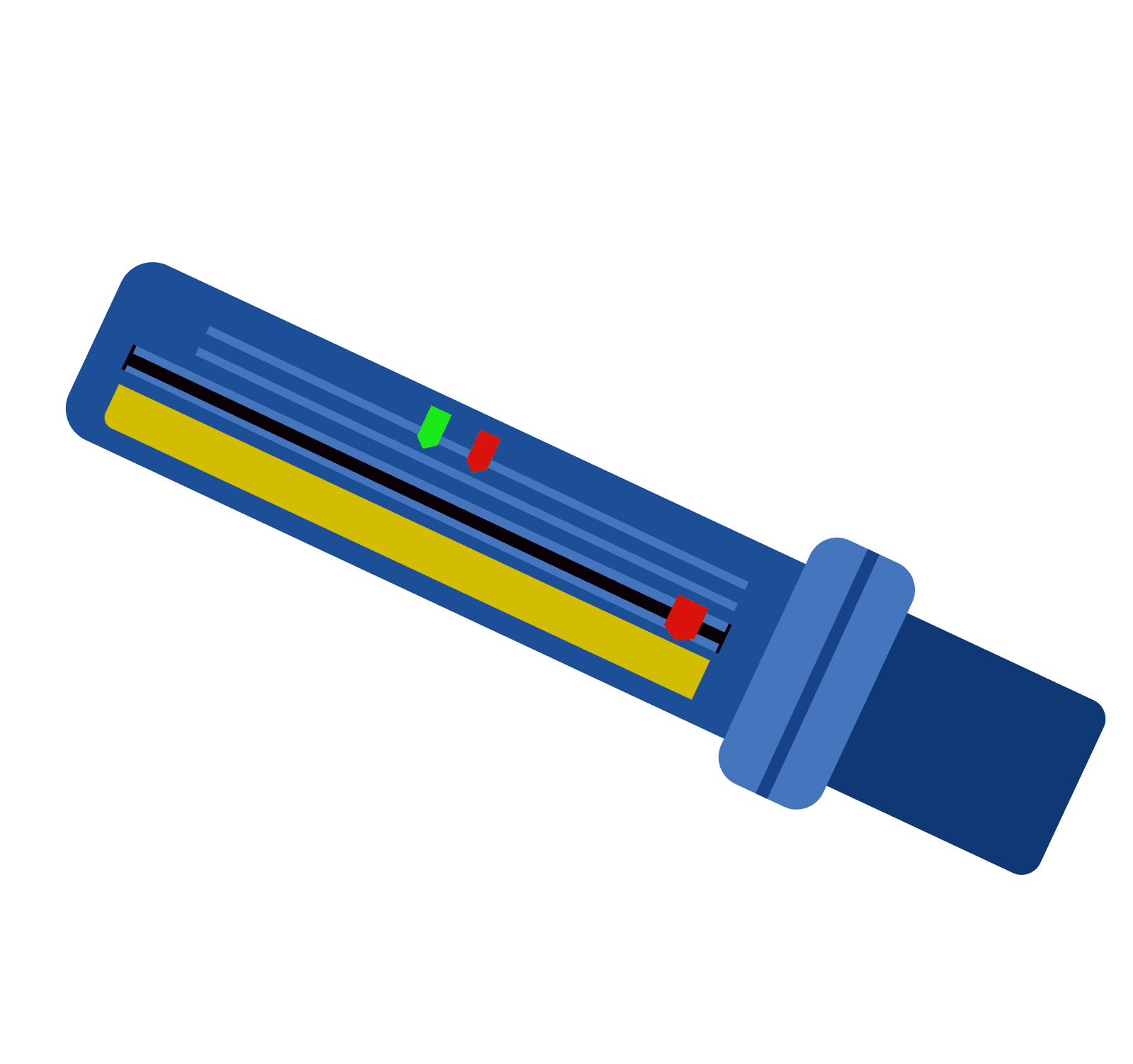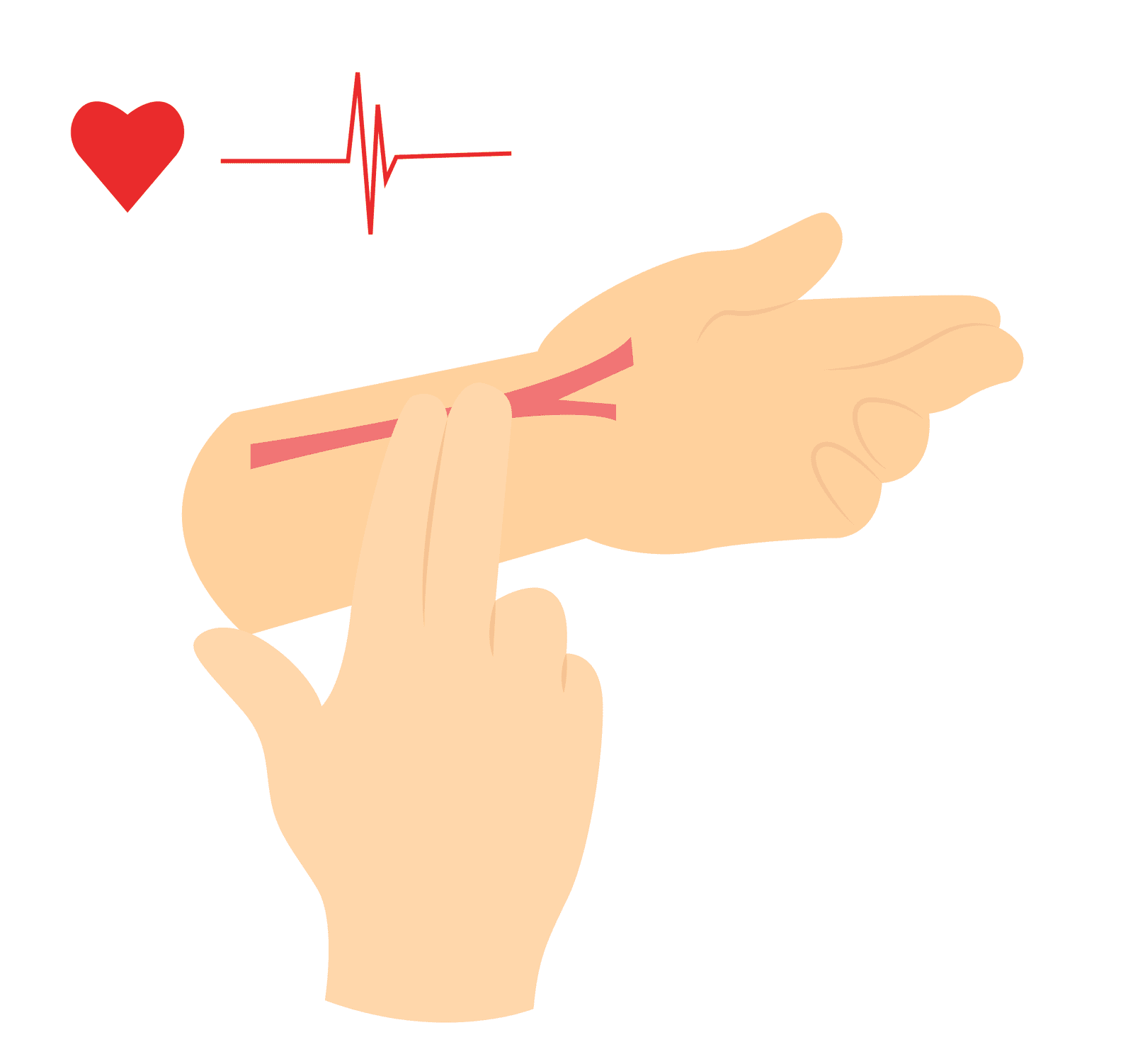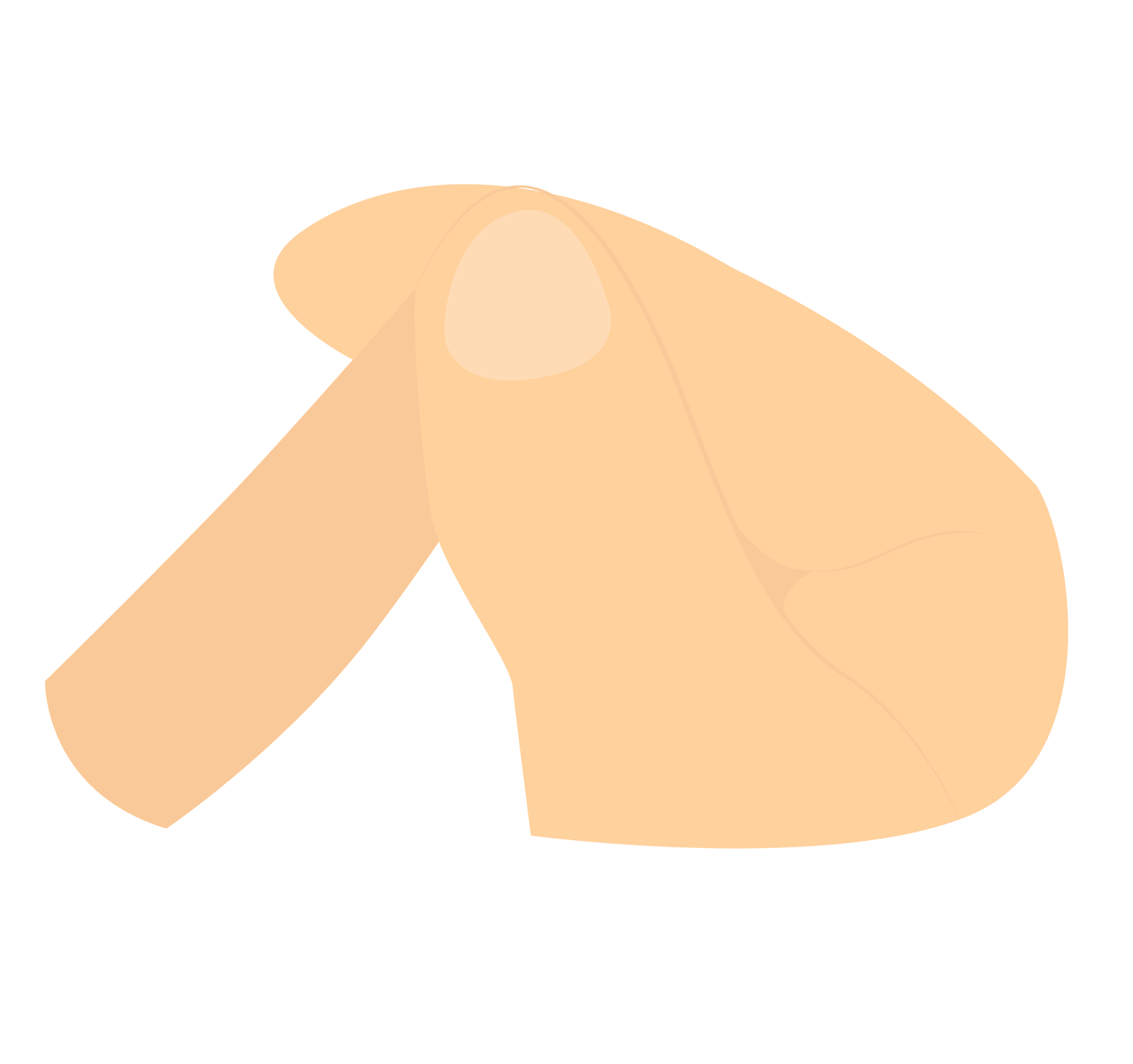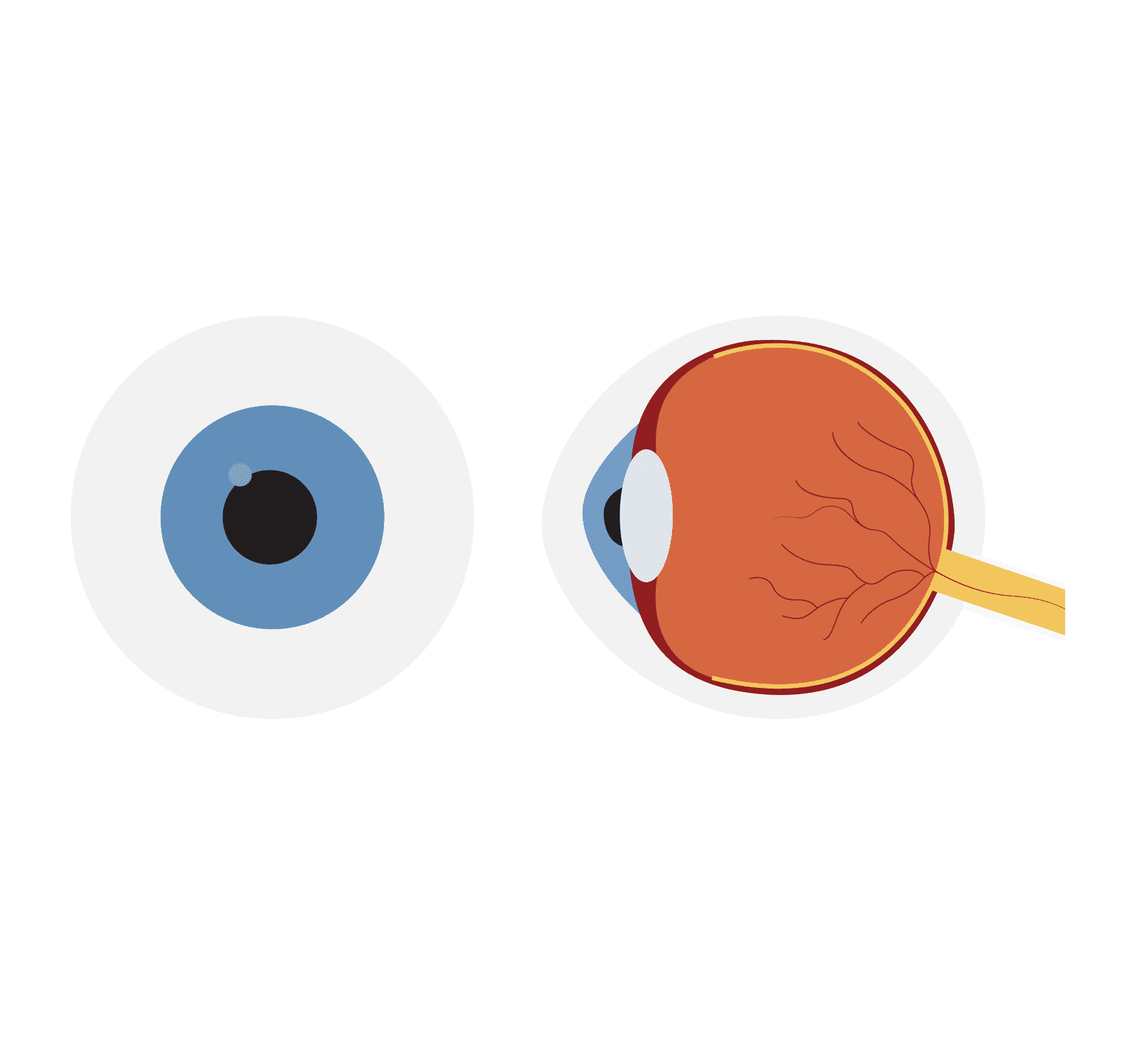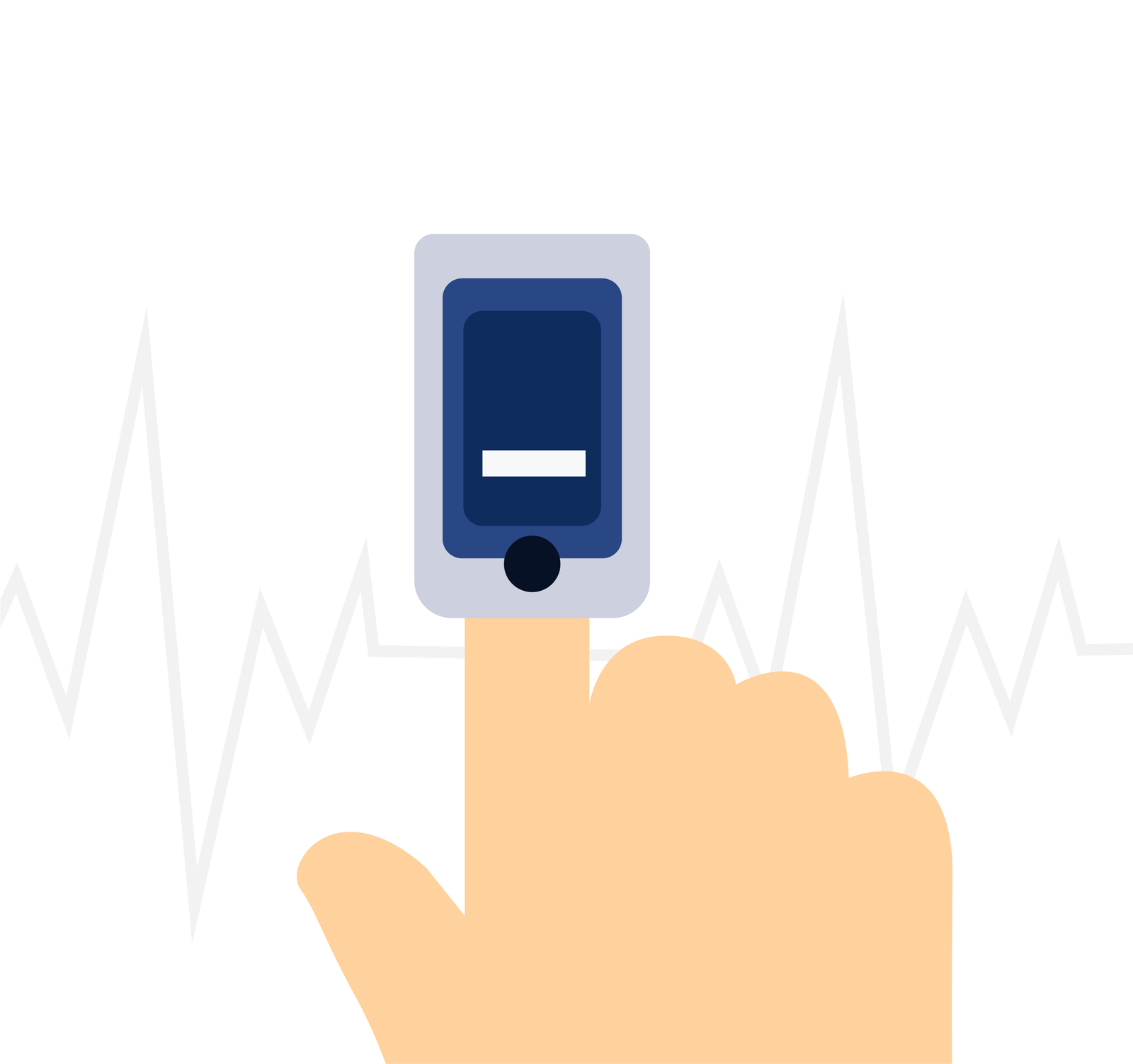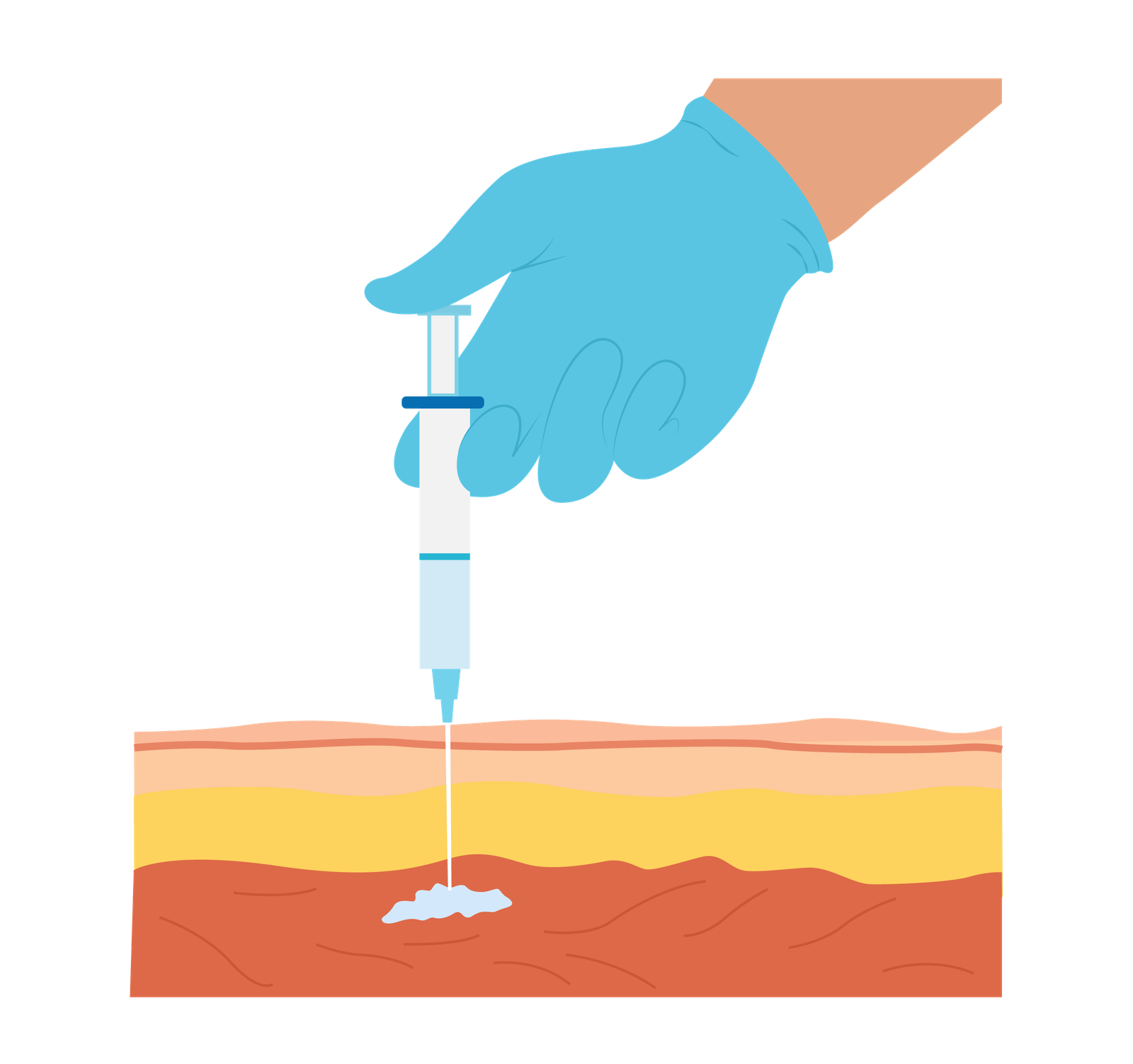Chest Compressions
Introduction
Chest compressions are the cornerstone of Cardiopulmonary Resuscitation (CPR). Chest compressions are used when individuals are in cardiac arrest.
Successful outcomes from a cardiac arrest are improved when early CPR is carried out and is one of the reasons why good chest compression skills are fundamental to the prehospital environment.
Importance Of Chest Compressions
Chest compressions serve a critical role in cardiopulmonary resuscitation (CPR) by mimicking the action of the heart’s pumping. There are two theories when exploring how chest compressions work.
Cardiac Pump Theory
The cardiac pump theory is a fundamental concept in the field of cardiology and physiology that explains how the heart functions as a pump to circulate blood throughout the body. This theory provides insights into the mechanics of the heart’s muscular contractions and the coordination of its various components, such as the atria and ventricles, to ensure efficient blood flow. Read More Here
In terms of chest compressions this theory would suggest that the compressions of the heart between the sternum and the spine would allow blood to flow into the systemic circulation.

Thoracic Pump Theory
The thoracic pump theory is a concept in physiology that describes the role of changes in intrathoracic (within the chest) pressure during the breathing process in aiding the return of blood to the heart. It is closely related to the respiratory system and the circulatory system, highlighting the interdependence of these two critical systems in maintaining proper blood flow and overall cardiovascular function. Read More Here
This theory would suggest that chest compressions would increase the thorax pressure and in turn increase the pressure in the systemic system.

Chest compressions produce blood flow by increased intrathoracic pressure and directly compressing the heart (the two theories mentioned above). A systolic blood pressure of 60-80 mmHg is produced during adequate chest compressions which allows blood flow to vital organs.
Chest compressions must generate a coronary perfusion pressure (CPP) of more than 15mmHg to achieve sufficient coronary blood flow and the heart to be reoxygenated.
Performing Chest Compressions
Hand Position
Little evidence exists on specific placement for chest compressions however the most practice and acceptable aims to reduce injury.
Correct placement of hands should be in the centre of the lower half of the sternum. Locate the xiphisternum, place 2 fingers on the xiphisternum and place the other hand superior to fingers on xiphisternum. The use of the inter-nipple line as a landmark is not reliable and should not be used.

Adults – 2 Hands
Children – 1 Hand
Infants – 2 fingers
Depth
Depth of chest compressions allows adequate intra-thoracic pressure and compression of the heart (mentioned in the two theories above) allowing blood to flow to vital organs.
The recommended depth of compressions is:
Adults: 5-6cm
Paediatrics: 1/3 of the anterior-posterior dimension of the chest (approximately 4cm for infant and 5cm for child)
Allowing complete recoil between each compression optimised the negative pressure generated inside the thorax during passive chest recoil which allow some blood to be drawn back into the heart – following the cardiac pump theory above.
Rate
Rate of compressions allow with depth aims to maintain coronary perfusion pressure (CPP). If rate is too slow CPP will fall causing a reduction in perfusion. Similarly, if rate of compressions is too fast, CPP again will fall due to inadequate cardiac filling.
Rate – 100-120 bpm
Special Circumstances In Chest Compressions
Evidence shows that Compression-only CPR is only effective for a limited period (around 5 minutes).
Pregnancy
During the third trimester of pregnancy increased compression of the inferior vena cava by the gravid uterus is noted.
During chest compressions the gravid uterus should be displaced to the left by 15-30 degrees. This can be achieved by using two hands of by tilting the pelvis using pillow/blankets.
Tilting by more than 30 degrees will result in ineffective chest compressions.

Obese Patients
Compress deeper than usual for obese individuals to ensure that the chest is adequately compressed, and blood circulation is maintained. Aim for at least 2.5 inches (approximately 6.5 centimetres) of compression depth.
Drownings
Remove Water from Airway: If the victim has been submerged in water, ensure the airway is clear of water and debris before initiating chest compressions.
Key Points
-
Limit interruptions in chest compressions as much as possible. Pausing for more than a few seconds can reduce the effectiveness of CPR and compromise blood flow.
-
If performing CPR with another rescuer, communicate and coordinate effectively. Ensure smooth transitions between compressors every 2 minutes to prevent fatigue.
-
After each compression, allow the chest to fully recoil.
-
Use the beat of the song “Stayin’ Alive” by the Bee Gees as a reference for compression rate.
Bibliography
Gregory, P. and Mursell, I. (2010). Manual of clinical paramedic procedures. Chichester: Wiley-Blackwell.
Figure: Doing Chest Compressions in an Adult. (n.d.). MSD Manual Consumer Version. Retrieved September 10, 2023, from https://www.msdmanuals.com/en-in/home/multimedia/figure/doing-chest-compressions-in-an-adult
Jeejeebhoy, F. M., & Morrison, L. J. (2013). Maternal Cardiac Arrest: A Practical and Comprehensive Review. Emergency Medicine International, 2013, 1–8. https://doi.org/10.1155/2013/274814
Tam, C. W., Kumar, S. R., & Ivascu, N. S. (2019, January 1). 28 – Cardiopulmonary Resuscitation (H. C. Hemmings & T. D. Egan, Eds.). ScienceDirect; Elsevier. https://www.sciencedirect.com/science/article/abs/pii/B9780323481106000284
Introduction
Chest compressions are the cornerstone of Cardiopulmonary Resuscitation (CPR). Chest compressions are used when individuals are in cardiac arrest.
Successful outcomes from a cardiac arrest are improved when early CPR is carried out and is one of the reasons why good chest compression skills are fundamental to the prehospital environment.
Importance Of Chest Compressions
Chest compressions serve a critical role in cardiopulmonary resuscitation (CPR) by mimicking the action of the heart’s pumping. There are two theories when exploring how chest compressions work.
Cardiac Pump Theory
The cardiac pump theory is a fundamental concept in the field of cardiology and physiology that explains how the heart functions as a pump to circulate blood throughout the body. This theory provides insights into the mechanics of the heart’s muscular contractions and the coordination of its various components, such as the atria and ventricles, to ensure efficient blood flow. Read More Here
In terms of chest compressions this theory would suggest that the compressions of the heart between the sternum and the spine would allow blood to flow into the systemic circulation

Thoracic Pump Theory
The thoracic pump theory is a concept in physiology that describes the role of changes in intrathoracic (within the chest) pressure during the breathing process in aiding the return of blood to the heart. It is closely related to the respiratory system and the circulatory system, highlighting the interdependence of these two critical systems in maintaining proper blood flow and overall cardiovascular function. Read More Here
This theory would suggest that chest compressions would increase the thorax pressure and in turn increase the pressure in the systemic system.

Chest compressions produce blood flow by increased intrathoracic pressure and directly compressing the heart (the two theories mentioned above). A systolic blood pressure of 60-80 mmHg is produced during adequate chest compressions which allows blood flow to vital organs.
Chest compressions must generate a coronary perfusion pressure (CPP) of more than 15mmHg to achieve sufficient coronary blood flow and the heart to be reoxygenated.
Performing Chest Compressions
Hand Position
Little evidence exists on specific placement for chest compressions however the most practice and acceptable aims to reduce injury.
Correct placement of hands should be in the centre of the lower half of the sternum. Locate the xiphisternum, place 2 fingers on the xiphisternum and place the other hand superior to fingers on xiphisternum. The use of the inter-nipple line as a landmark is not reliable and should not be used.

Adults – 2 Hands
Children – 1 Hand
Infants – 2 fingers
Depth
Depth of chest compressions allows adequate intra-thoracic pressure and compression of the heart (mentioned in the two theories above) allowing blood to flow to vital organs.
The recommended depth of compressions is:
Adults: 5-6cm
Paediatrics: 1/3 of the anterior-posterior dimension of the chest (approximately 4cm for infant and 5cm for child)
Allowing complete recoil between each compression optimised the negative pressure generated inside the thorax during passive chest recoil which allow some blood to be drawn back into the heart – following the cardiac pump theory above.
Rate
Rate of compressions allow with depth aims to maintain coronary perfusion pressure (CPP). If rate is too slow CPP will fall causing a reduction in perfusion. Similarly, if rate of compressions is too fast, CPP again will fall due to inadequate cardiac filling.
Rate – 100-120 bpm
Special Circumstances In Chest Comrpessions
Evidence shows that Compression-only CPR is only effective for a limited period (around 5 minutes).
Pregnancy
During the third trimester of pregnancy increased compression of the inferior vena cava by the gravid uterus is noted.
During chest compressions the gravid uterus should be displaced to the left by 15-30 degrees. This can be achieved by using two hands of by tilting the pelvis using pillow/blankets.
Tilting by more than 30 degrees will result in ineffective chest compressions.

Obese Patients
Compress deeper than usual for obese individuals to ensure that the chest is adequately compressed, and blood circulation is maintained. Aim for at least 2.5 inches (approximately 6.5 centimetres) of compression depth.
Drownings
Remove Water from Airway: If the victim has been submerged in water, ensure the airway is clear of water and debris before initiating chest compressions.
Key Points
-
Limit interruptions in chest compressions as much as possible. Pausing for more than a few seconds can reduce the effectiveness of CPR and compromise blood flow.
-
If performing CPR with another rescuer, communicate and coordinate effectively. Ensure smooth transitions between compressors every 2 minutes to prevent fatigue.
-
After each compression, allow the chest to fully recoil.
-
Use the beat of the song “Stayin’ Alive” by the Bee Gees as a reference for compression rate.
Bibliography
Gregory, P. and Mursell, I. (2010). Manual of clinical paramedic procedures. Chichester: Wiley-Blackwell.
Figure: Doing Chest Compressions in an Adult. (n.d.). MSD Manual Consumer Version. Retrieved September 10, 2023, from https://www.msdmanuals.com/en-in/home/multimedia/figure/doing-chest-compressions-in-an-adult
Jeejeebhoy, F. M., & Morrison, L. J. (2013). Maternal Cardiac Arrest: A Practical and Comprehensive Review. Emergency Medicine International, 2013, 1–8. https://doi.org/10.1155/2013/274814
Tam, C. W., Kumar, S. R., & Ivascu, N. S. (2019, January 1). 28 – Cardiopulmonary Resuscitation (H. C. Hemmings & T. D. Egan, Eds.). ScienceDirect; Elsevier. https://www.sciencedirect.com/science/article/abs/pii/B9780323481106000284

